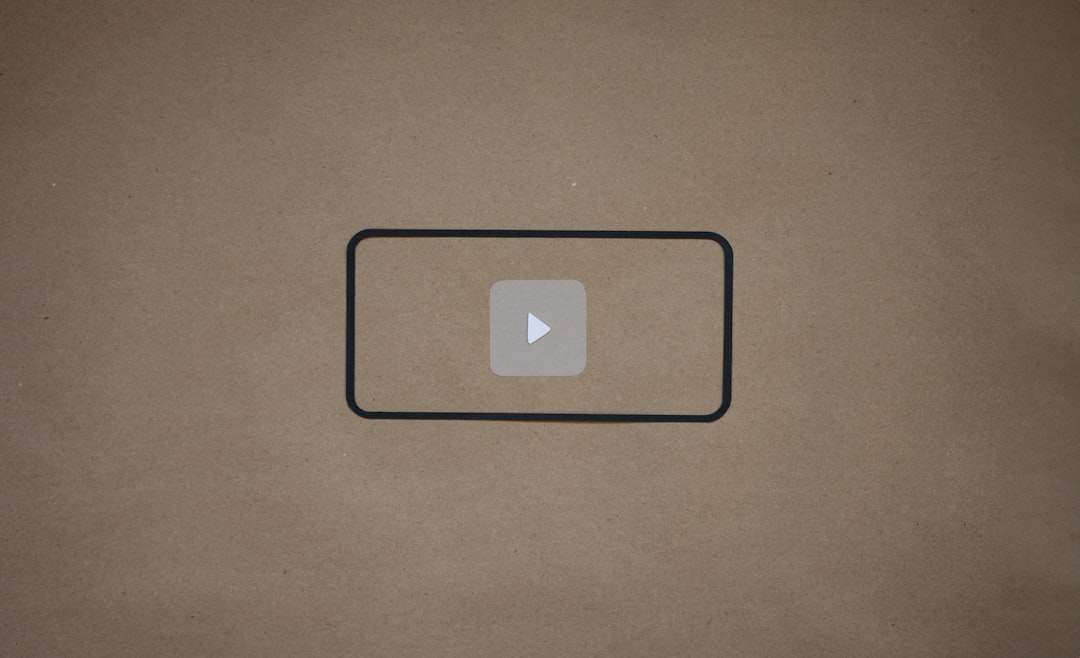If you’ve ever tried downloading YouTube videos as MP4s, you’ve probably seen terms like H.264, VP9, or even AV1. Sounds complicated, right? Don’t worry — it’s actually pretty fun to explore! Let’s break these down into simple, bite-sized pieces you can really enjoy. 😄
First Things First: What Is an MP4?
Table of Contents
MP4 is a video format. Think of it like a container — it holds your video and audio so you can watch movies, cat videos, or music clips anytime. But inside this container lies the real magic: video codecs.
Codecs are like translators. They compress (and decompress) the video to make it smaller while keeping it looking good. That’s where H.264, VP9, and AV1 come in. 🍿
Meet the Three Video Codec Giants
Let’s introduce the stars of the show.
- H.264: The reliable grandpa — old, wise, and widely used.
- VP9: The rebellious teenager — faster, cheaper, open-source.
- AV1: The futuristic prodigy — smart, shiny, and here to save the internet.
So, what’s really going on when you download a YouTube video using these codecs? Great question.
Downloading YouTube MP4s
YouTube uses adaptive streaming. That means it sends video and audio separately in chunks. When you download an MP4, you’re often combining those streams into one handy file.
But YouTube doesn’t always serve the same codec to everyone. Depending on your browser, device, or even your luck, you might get one codec or another.
This affects video quality, file size, and playback compatibility. Let’s explore how each codec compares.
H.264: The Familiar Favorite
H.264 (also called AVC) is like your favorite hoodie — it’s comfortable and works with everything.
- Pros: Very compatible, low CPU usage, works on all devices.
- Cons: Bigger files, lower quality compared to newer codecs.
If you’re using older software, H.264 is likely the default. That’s why many downloaders still offer H.264 first.
Great for: People with older phones, laptops, or slow internet.
VP9: Google’s Secret Weapon
VP9 is a codec developed by Google. Since YouTube is also Google-owned, it makes sense that they love VP9!
- Pros: Smaller files with better quality than H.264, open and royalty-free.
- Cons: A bit more demanding on your CPU, not supported everywhere.
VP9 is used a lot on YouTube videos above 1080p or on newer browsers like Chrome. If your system can handle it, VP9 is a great middle ground!
Great for: Modern devices, Chrome users, people who want better quality at the same file size.

AV1: The Brand-New Hero
AV1 is the new kid on the block. But don’t be fooled — it packs a punch!
- Pros: Best compression so far, amazing quality, also royalty-free.
- Cons: Needs a modern GPU or CPU to decode smoothly, not yet common everywhere.
AV1 can make your 4K video look crisp and clean, all while taking up less space than H.264. The catch? Your device must support it properly.
Great for: Tech enthusiasts, folks with newer devices, people who love future-proofing.
Which Codec Does YouTube Use?
YouTube actually supports all three! But it chooses which one to show based on a few factors:
- Your browser (Chrome and Firefox usually get VP9 or AV1)
- Your device’s capabilities
- Your video resolution (AV1 might be used for high-res videos only)
Sometimes, you have to dig a little deeper to choose your preferred codec when downloading.
How to Check the Codec on YouTube
Yes, you can spy on the codec a video is using. 👀 Here’s how:
- Right-click the video (twice) and choose “Stats for nerds”
- Look for the “Codecs” line
- You’ll see things like
avc1,vp09, orav01
Now you’re officially a codec detective. 🕵️
Which Should You Download?
Each codec fits a different situation. Here’s a cheat sheet to help you decide:
| Codec | Best For | Why |
|---|---|---|
| H.264 | Old devices, compatibility | Works everywhere, even on toasters. |
| VP9 | Balanced quality and size | Still widely playable, better compression than H.264. |
| AV1 | Future-proof downloads | Best quality at smallest size, but needs hardware support. |
What About File Size?
This is where things get real. Let’s say you’re downloading a 5-minute 1080p music video:
- H.264: 50 MB
- VP9: 35 MB
- AV1: 30 MB
Smaller files mean less storage and faster downloads — but only if your device can play them smoothly.

Tools That Let You Choose the Codec
Not all downloaders let you pick your codec. But some do!
Popular tools include:
- yt-dlp — Command-line tool that’s super powerful
- 4K Video Downloader — Offers codec choices for some videos
- ffmpeg — Great for merging audio/video and converting between codecs (if you’re feeling bold!)
Look for tools that say “bestvideo+bestaudio” or allow codec flags. That way, you get the cleanest file possible.
Final Thoughts
Downloading YouTube videos as MP4s can be more than a boring tech task. It can be a curious journey into the world of video science!
Each codec — H.264, VP9, and AV1 — has its own magic. Choosing the right one depends on your device, purpose, and how picky your eyeballs are. 👁️👁️
So next time you download a video, take a moment to think: Do I want compatibility, quality, or the future? That one simple choice could make your video smoother, smaller — or just plain cooler.
Now go forth, Codec Champion. May your downloads be fast and your files be flawless! 🚀

